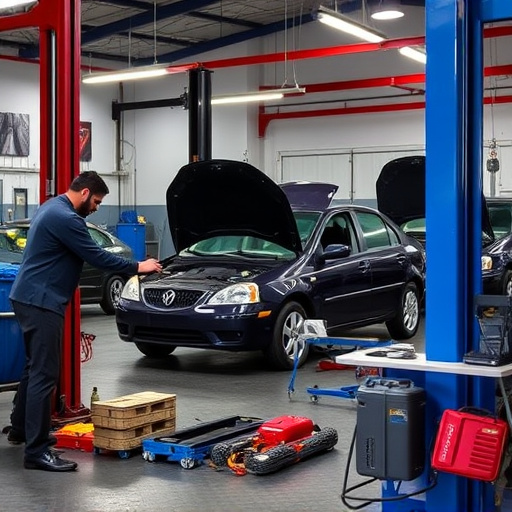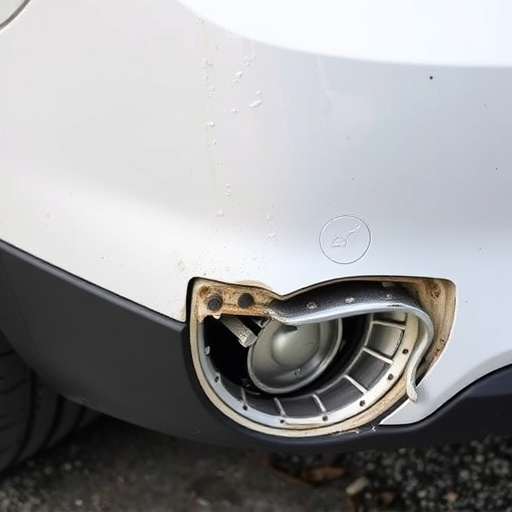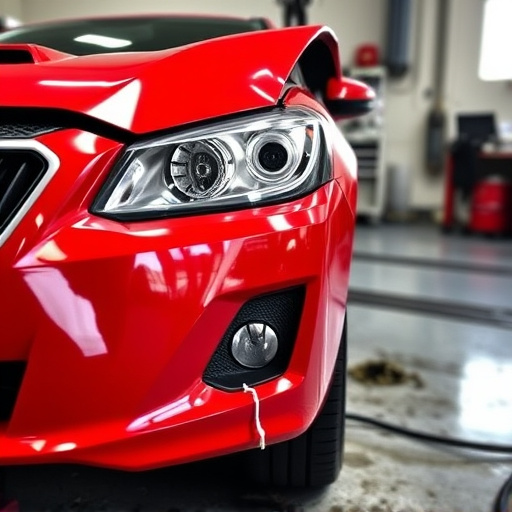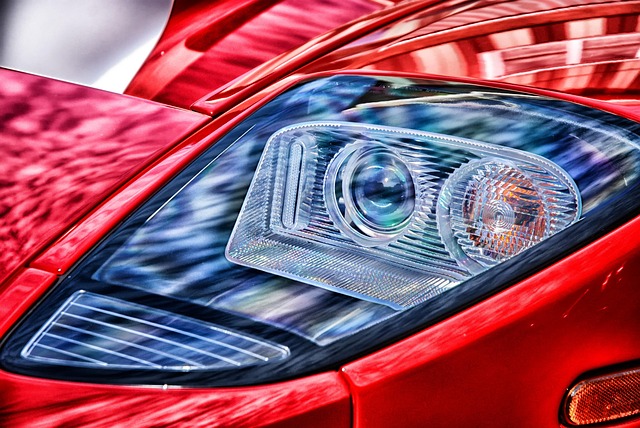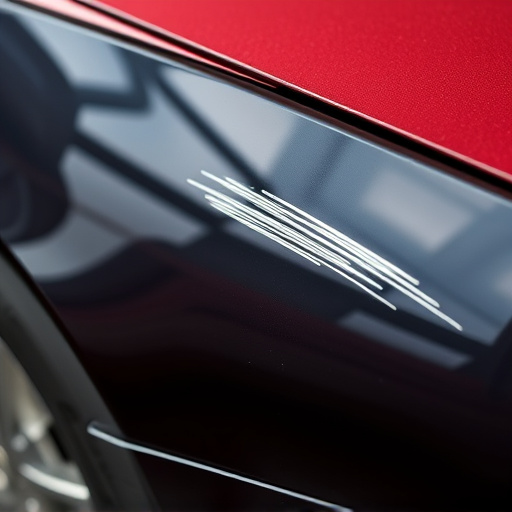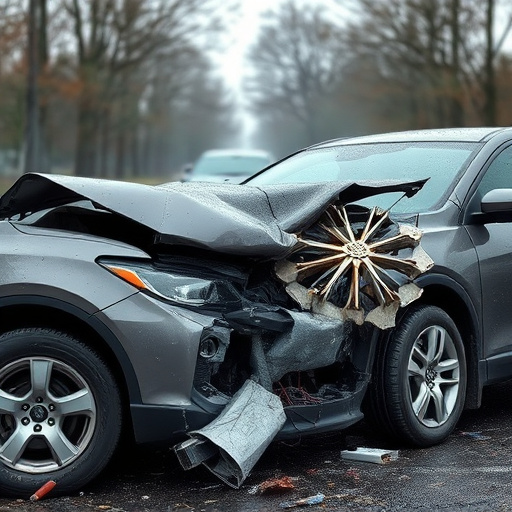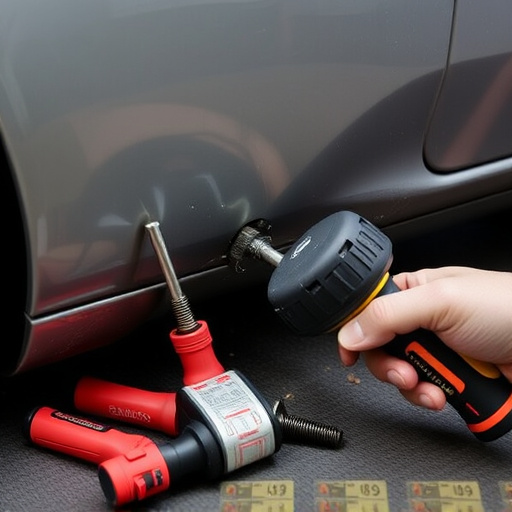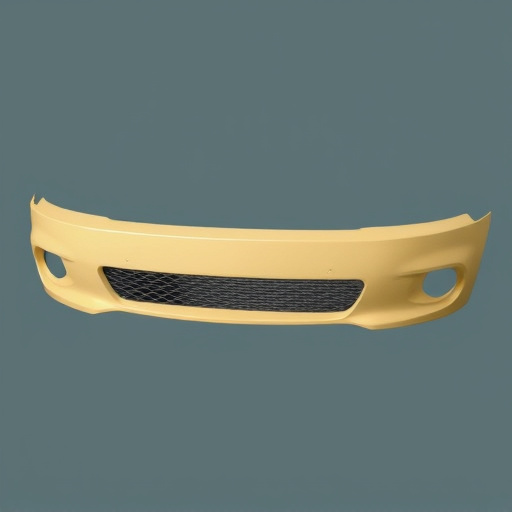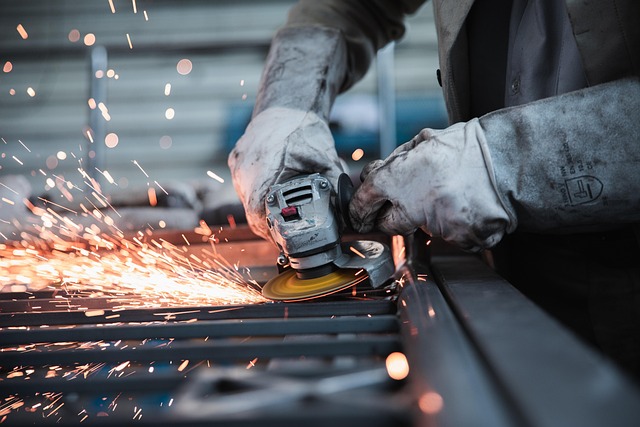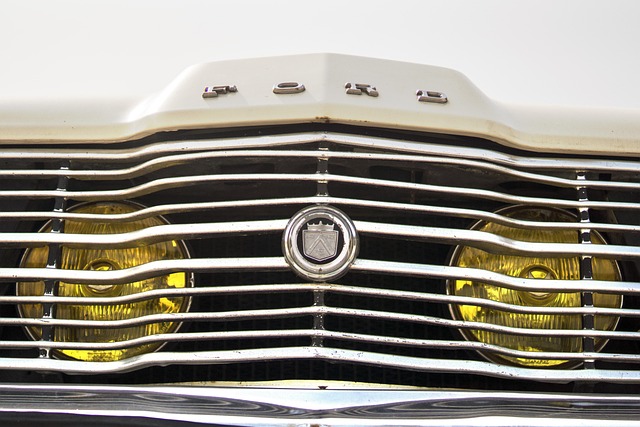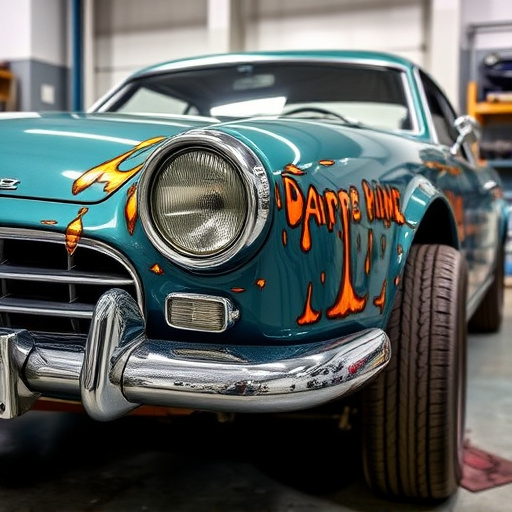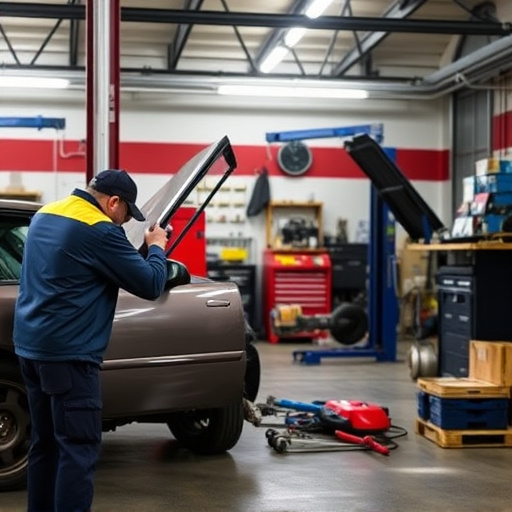Assessing and repairing seat damage from collisions is vital for safety and comfort. Technicians conduct visual inspections, test mechanisms, and identify hidden damage. Safety protocols, including gear and proper training, protect technicians during repairs. Skilled techs prioritize structural integrity and functional restoration using high-quality parts and meticulous alignment to prevent future issues.
After a collision, ensuring safety during seat repair is paramount. This article delves into the crucial steps and precautions taken when assessing and repairing damaged vehicle seats. From identifying structural integrity issues to selecting appropriate replacement parts, every aspect requires meticulous attention. Technicians must don essential safety gear to mitigate risks. Learn how careful restoration techniques not only enhance safety but also ensure seats function optimally after a collision.
- Assessing Seat Damage After a Collision
- Essential Safety Gear for Repair Technicians
- Restoring Functionality With Careful Replacement Parts
Assessing Seat Damage After a Collision
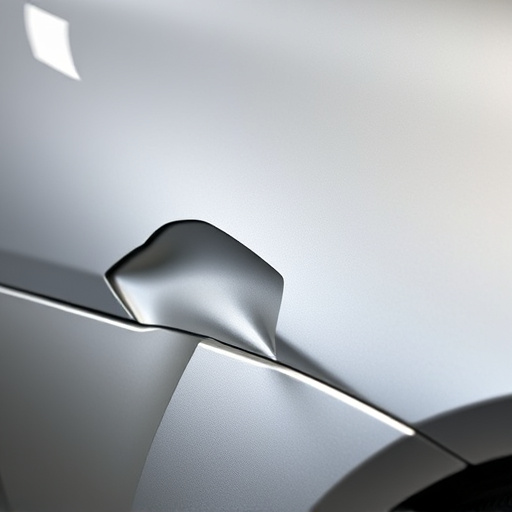
After a collision, assessing seat damage is a critical step in the overall vehicle repair process. The safety and comfort of occupants are paramount, so thorough inspection is essential. Technicians examine the seats for any visible signs of impact, such as dents, tears, or dislodged parts. They also test the functionality of the seatbelts, airbag mechanisms, and other safety features to ensure they remain effective after the collision.
Proper evaluation involves a multi-faceted approach, including visual inspection, manual manipulation, and sometimes advanced diagnostic tools. This process helps identify not just visible damage but also potential hidden issues within the seat framework and support structures. With accurate assessment, technicians can then decide on the appropriate autobody repairs, whether it’s simple adjustments or more complex vehicle paint repair and car body repair tasks to get the seats back in top working condition while adhering to safety standards.
Essential Safety Gear for Repair Technicians
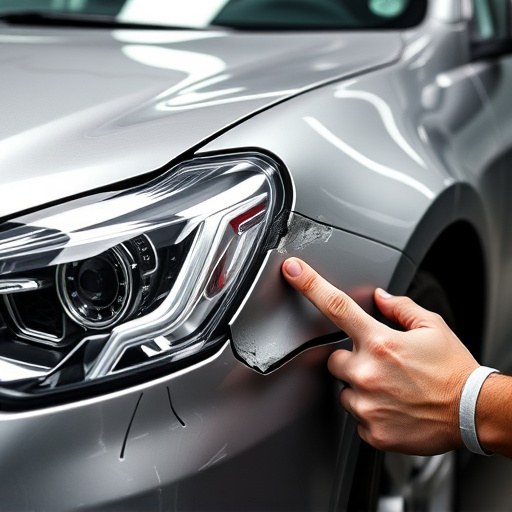
When it comes to seat repair for collision damage, ensuring the safety of repair technicians is paramount. Essential safety gear includes protective eyewear and gloves, which safeguard against debris and chemicals used in the repair process. Respiratory masks are crucial, especially when dealing with paint or adhesive fumes, preventing respiratory issues.
Furthermore, a well-ventilated work area and proper training on handling hazardous materials are vital. Technicians should also wear high-visibility clothing to enhance safety, particularly in garage settings where movements can be restricted. Proper safety protocols not only protect the technicians but also ensure the quality of the seat repair collision damage restoration process.
Restoring Functionality With Careful Replacement Parts
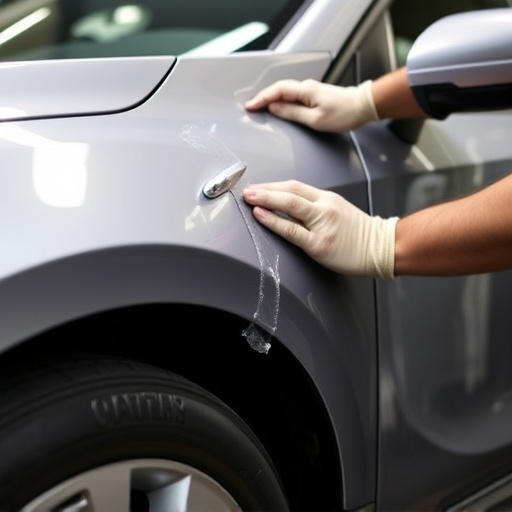
When repairing collision damage to a vehicle’s seats, meticulous care is taken to ensure not only structural integrity but also the restoration of functionality. Skilled technicians in a reputable car repair shop replace worn or damaged parts with precise precision, utilizing high-quality replacement components specifically designed for that make and model. This careful selection process ensures optimal performance and longevity for the restored seat.
Automotive restoration experts understand the importance of proper fitting and alignment to prevent future discomfort or safety hazards. Each part is carefully inspected and fitted, addressing any misalignments or issues that could affect the overall comfort and support provided by the seats during everyday use. Through this meticulous approach, not only is the visual appeal of the seats restored but also their ability to safely accommodate drivers and passengers over time.
In the event of a collision, proper safety precautions during seat repair are paramount. By carefully assessing damage, ensuring technicians wear appropriate gear, and utilizing replacement parts with meticulous attention, vehicle safety and passenger comfort can be restored. These measures are vital steps in the process of repairing seat damage from collisions, guaranteeing both structural integrity and a seamless driving experience.
